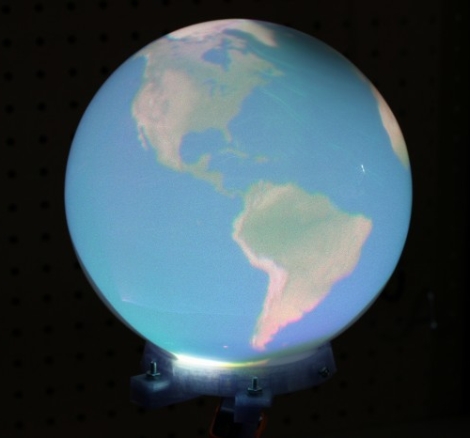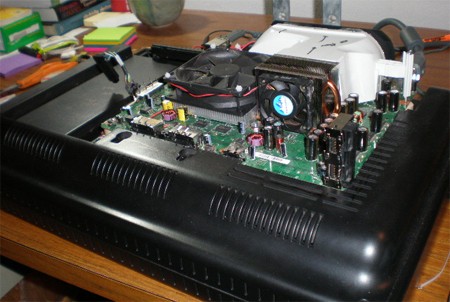
[Nirav] has been working on a spherical display for about a year now, and he just came up with a great way of interacting with this screen: an adjacent reality tracker that rotates the display to match the current orientation of the controller.
Earlier, [Nirav] built an 8-inch sphere display using a few 3D printed parts and a Showwx laser pico projector. The display looked great, but [Nirav] had no way to interact with it. To solve that problem, he put an inertial measurement unit inside a 3d printed model of the globe. The IMU communicates with a computer to read the rotation and orientation of [Nirav]’s controller and adjust the spherical display accordingly.
It’s a very nice build that gets very close to futuristic sci-fi displays. At least now, [Nirav] can interact with the awesome satellite tracking app and continental drift simulation he created.
There’s a bunch of videos [Nirav] put up demoing what his display can do. You can check those out after the break.
via MAKE














